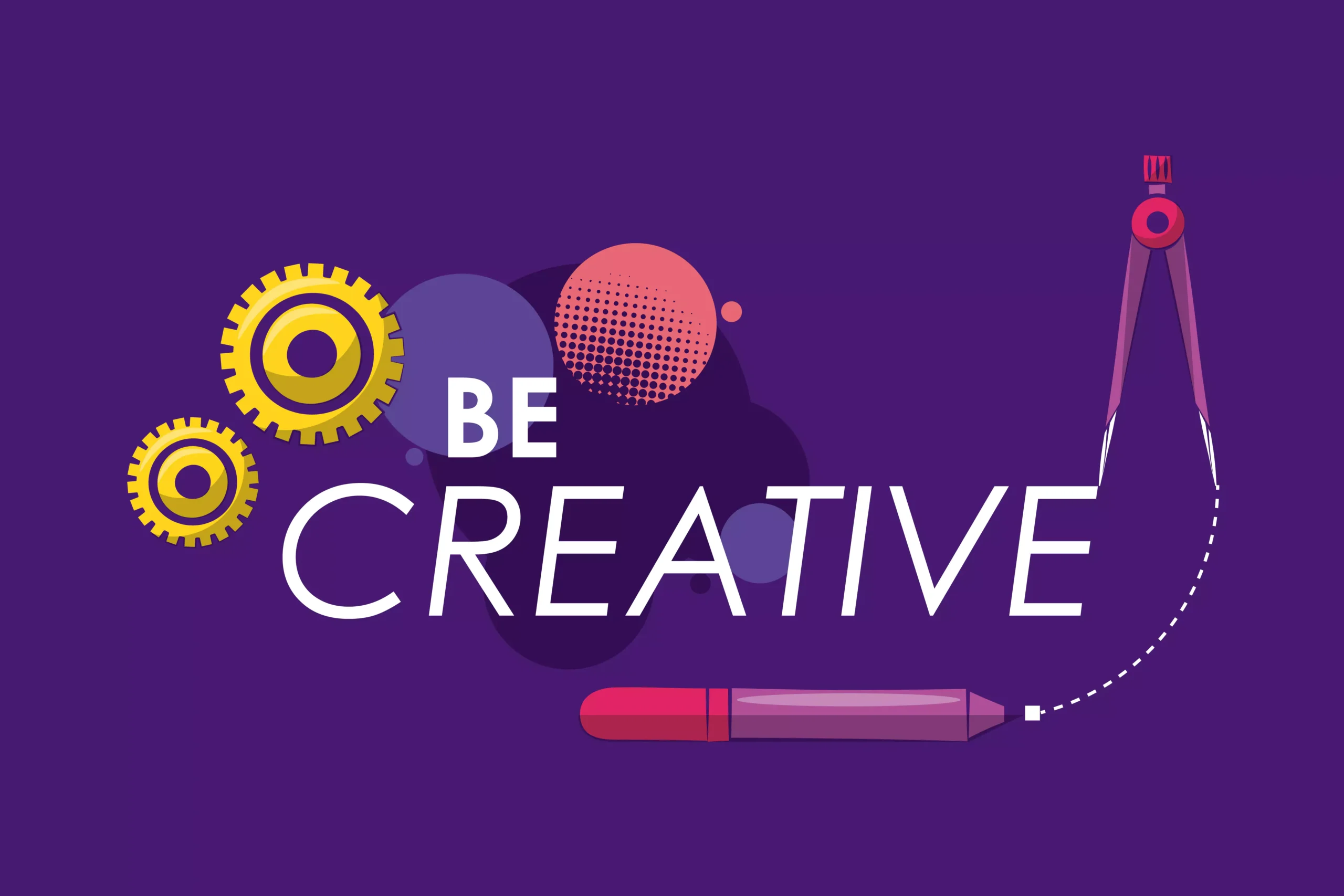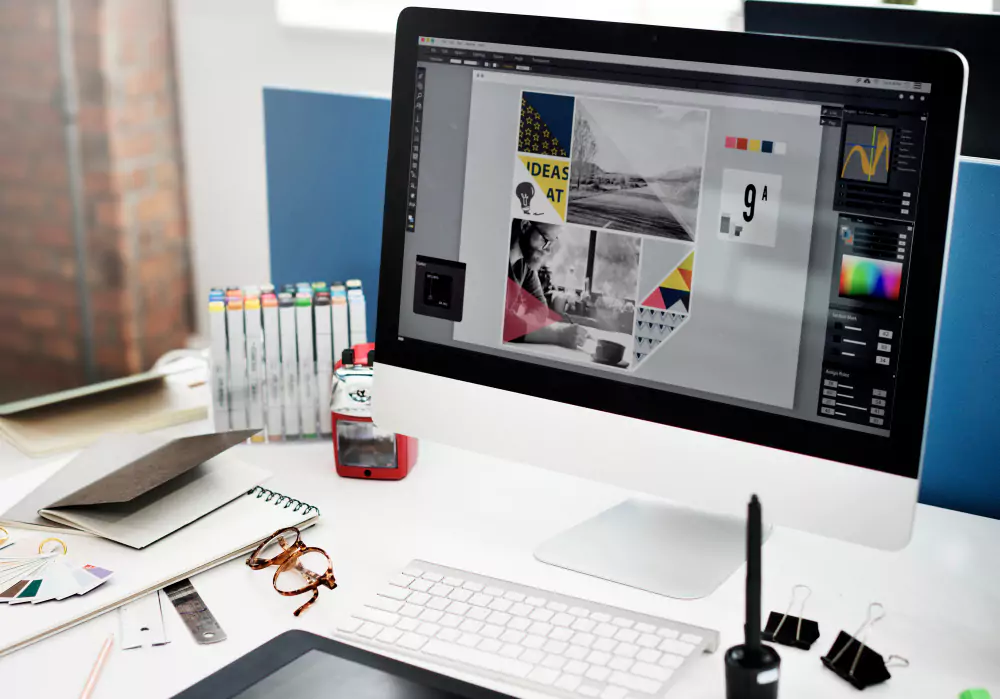Graphic designers are the masterminds behind the visual concepts that capture our attention. They blend creativity and technical skills to communicate ideas through graphics, typography, and layout. If you’ve ever wondered what a graphic designer does, this comprehensive guide will walk you through their various roles, responsibilities, skills, and tools, offering valuable insights into this dynamic field.
Core Responsibilities of a Graphic Designer
Key Duties of a Graphic Designer
Graphic designers are responsible for creating visual content across various mediums, including advertisements, websites, product packaging, social media graphics, and more. Here’s a quick rundown of their core tasks:
- Creating visual concepts: Designers develop ideas that inspire and captivate the audience, utilizing layout, typography, and color theory.
- Designing layouts: They create layouts for magazines, brochures, advertisements, and digital platforms.
- Selecting typography: Choosing the right fonts is crucial in conveying a specific message and ensuring readability.
- Working with clients: Collaboration is a key part of their job, as they interpret client needs to deliver effective visual solutions.
Specializations in Graphic Design
Graphic design isn’t a one-size-fits-all career. Many graphic designers specialize in areas such as:
- Logo Design and Branding: Crafting unique brand identities through logos and marketing materials.
- Social Media Graphics: Creating visually engaging content for platforms like Instagram, Facebook, and LinkedIn.
- Website Design: Designing user-friendly websites that enhance user experience.
- Product Packaging: Designing packaging that stands out on shelves and conveys the brand’s message effectively.

Skills and Tools Required
Essential Skills for Graphic Designers
To excel in graphic design, professionals need a combination of technical and soft skills:
- Hard Skills: Proficiency in design software like Adobe Photoshop, Illustrator, and InDesign is a must. Advanced knowledge of typography, color theory, and layout principles is equally important.
- Soft Skills: Creativity, communication, and problem-solving skills are critical. Graphic designers must be able to understand and translate a client’s vision into a compelling visual narrative.
The Importance of Typography in Graphic Design
Typography plays a significant role in modern graphic design. It impacts the mood, readability, and overall design aesthetic. According to Adobe’s Typography Study, 73% of businesses believe that well-designed typography creates a trustworthy and strong brand image. Designers carefully select fonts to evoke emotions and align with the brand’s identity.
Must-Have Tools for Graphic Designers
Graphic designers rely on a suite of tools to bring their creative ideas to life:
- Adobe Creative Suite: Photoshop, Illustrator, and InDesign are the industry standards for creating and editing graphics.
- Web Design Platforms: Tools like Figma and Sketch are commonly used for designing websites and mobile applications.

Working Environments and Career Paths
Where Do Graphic Designers Work?
Graphic designers can work in various settings, such as:
- In-House Marketing Teams: Designers create promotional content for the company's products and services.
- Design Studios and Agencies: Collaborating on diverse projects for multiple clients, offering a dynamic work environment.
- Freelance: Independent designers take on projects based on their interests and skill sets, providing flexibility.
- Education: Graphic designers may also work in educational settings, helping develop engaging learning materials.
In-House Graphic Design
In-house designers work directly with a company’s marketing team to develop brand-specific visuals. Their tasks include designing brochures, logos, website graphics, and other marketing collateral.
Freelance Graphic Design
Freelancers have the freedom to choose their projects, set their hours, and collaborate with various clients. This career path allows designers to specialize in areas they are passionate about, whether it’s branding, web design, or advertising.

Collaboration and Client Interaction
How Graphic Designers Work with Clients
A significant part of a graphic designer’s job involves working closely with clients to understand their needs and goals. Designers gather feedback at each stage, making revisions as necessary to ensure the final design meets expectations.
Incorporating Feedback
Graphic designers revise their designs based on feedback from clients, project managers, and team members. This iterative process is essential to create visuals that align with the brand’s identity and message.
The Future of Graphic Design
How AI and Technology are Shaping Graphic Design
Artificial intelligence (AI) and machine learning are transforming the graphic design industry. These technologies can automate repetitive tasks, provide data-driven design insights, and create personalized content. According to Forbes, 50% of businesses are already using AI to enhance their creative processes.
Staying Updated with Design Trends
In a constantly evolving field, graphic designers must stay updated with new tools and trends. They continuously learn and adapt, experimenting with new design styles to meet the changing demands of the market.
Conclusion
Graphic designers play a crucial role in shaping visual communication across various mediums. They use their creativity, technical skills, and understanding of user needs to create compelling visuals that captivate audiences. Whether you’re looking to become a graphic designer or need professional design services, understanding their role is the first step in appreciating the value they bring to any brand.
If you’re ready to leverage the power of graphic design for your brand, check out our Design Services to see how we can help bring your visual concepts to life. Need help defining your brand’s identity? Contact us today for a consultation!









